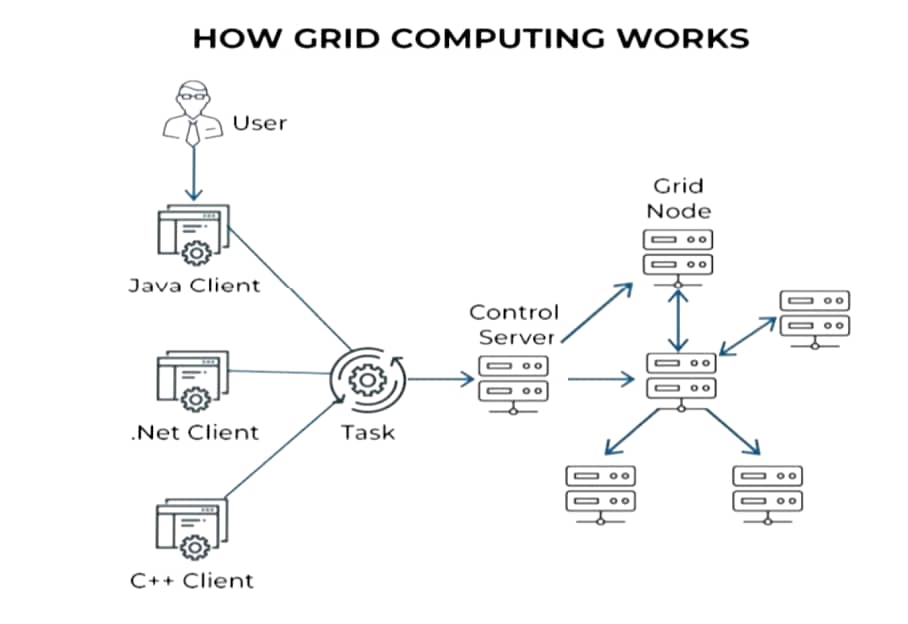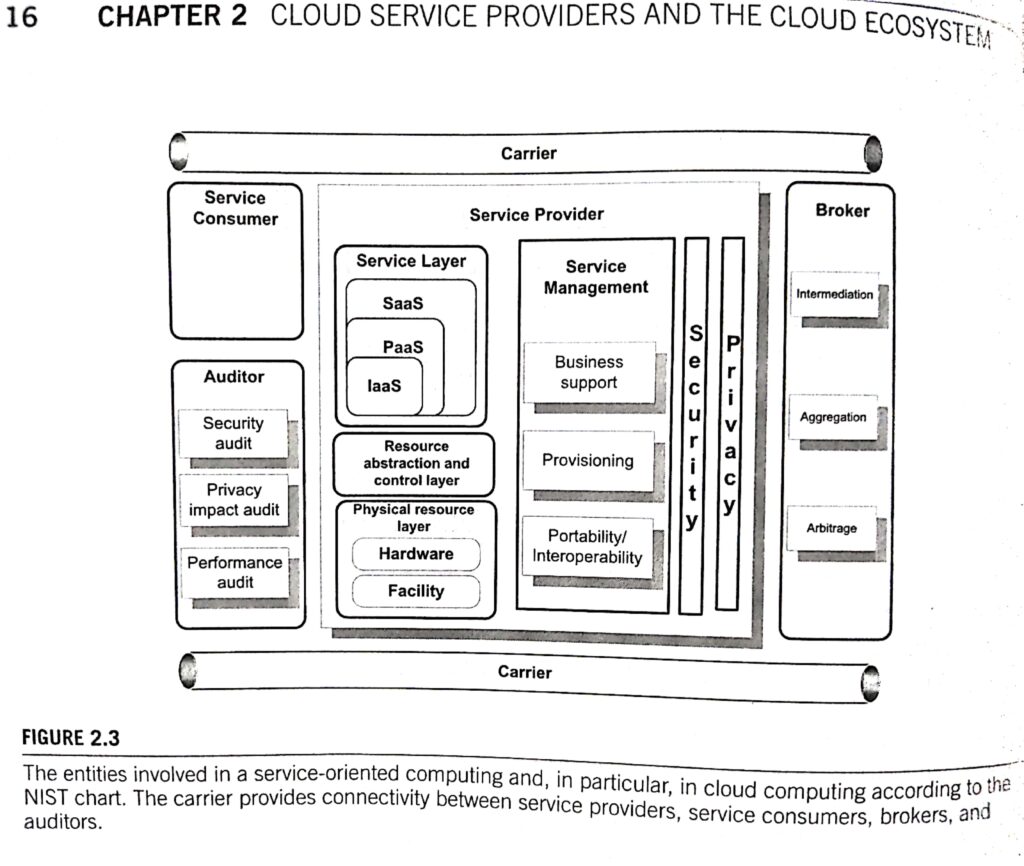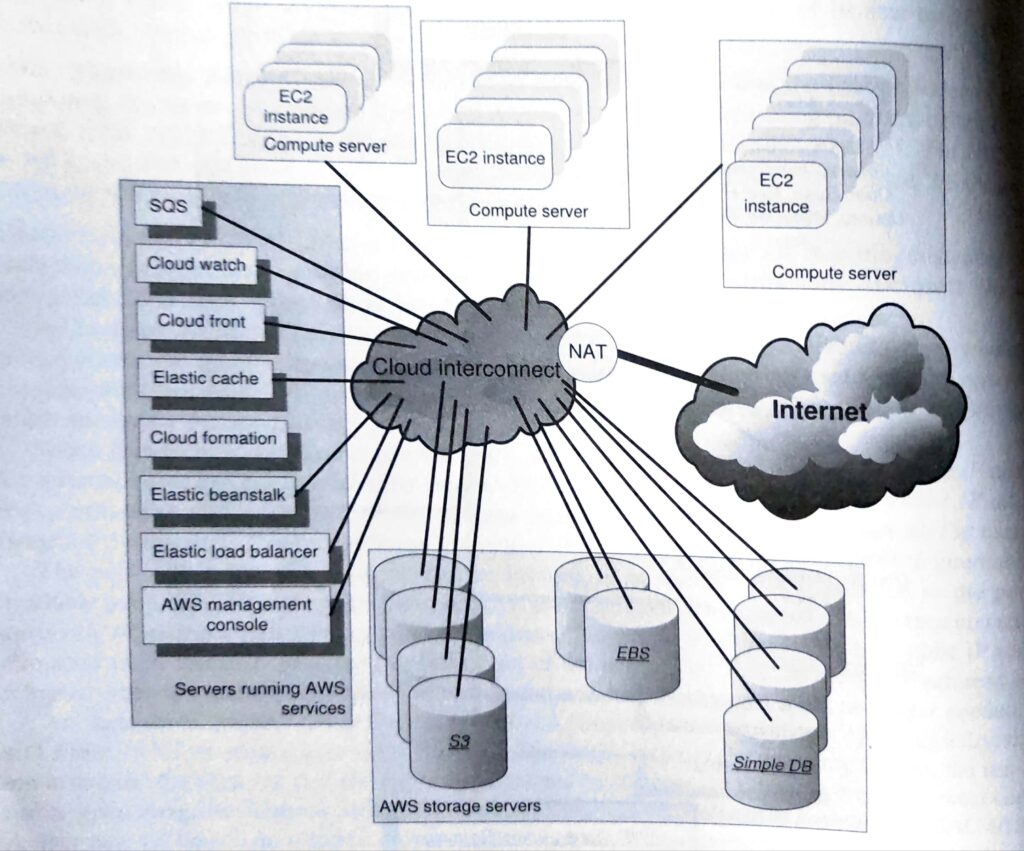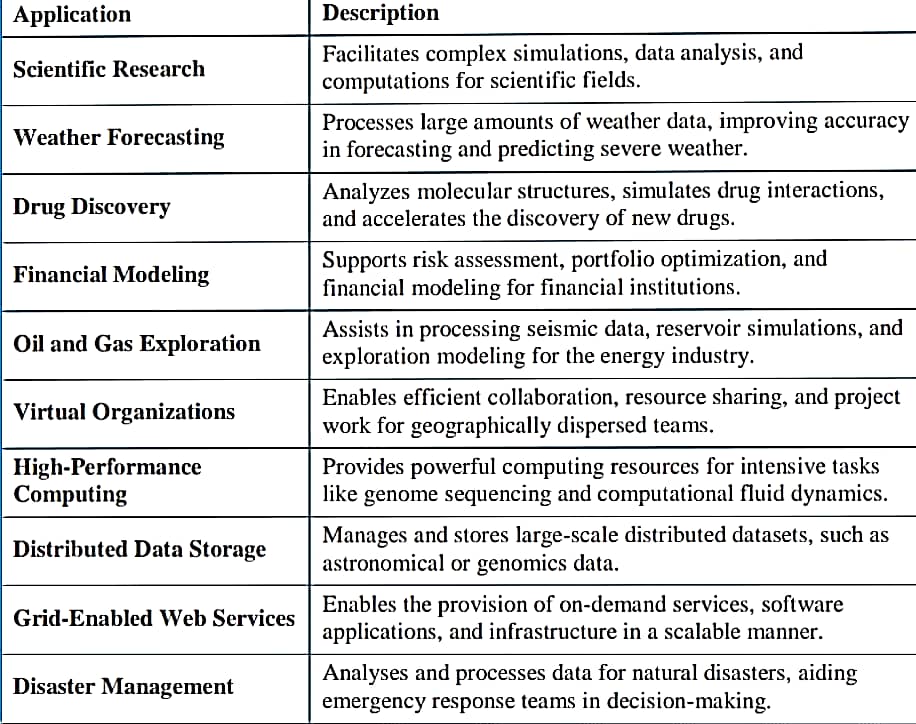Grid computing is a subset of distributed computing and comes under the evolution of Cloud Computing.
It follows a distributed architecture of multiple computers connected by networks to accomplish a large-scale task.
Grid Computing:
These tasks are compute-intensive and difficult for a single system to handle.
Several systems on a network collaborate under a common protocol and work as a single virtual supercomputer to get complex tasks done.
This offers powerful virtualization by creating a single system image that grants users and applications seamless access to IT capabilities.
Working of Grid Computing
A grid computing network is a collection of computers working together, where each computer is called a node.
Based on the task they perform in the network there are three types of nodes in grid computing.
Computers participating in a grid contribute resources such as processing power, network bandwidth, and storage capacity to perform operations requiring high computational power.

Machine types/nodes in Grid Computing:
1. Control node/server: A control node is a server or a group of servers that administers the entire network and maintains the record for resources in a network pool.
It manages the allocation of resources within the network.

When the user node requests resources, the control node checks resource availability. Once the control node finds an available resource, it assigns the given task to the node handling that resource.
Grid computing operates by running specialized software on every computer involved in the grid network. The software coordinates and manages all the tasks of the grid.
This grid computing software (middleware) also runs on the control node.
2. Provider/grid node: A provider or grid node is a computer that contributes its resources to the network resource pool.
3. User Node: A user refers to the computer that uses the resources from the grid to complete the task.

Working:
1. Task Submission
2. Task Segmentation
3. Subtask Assignment
4. Parallel Execution
5. Communication and Coordination
6. Aggregation of Results
Key Components of Grid Computing:
1.Grid Nodes (Computing Resources)
2.Grid Middleware
3.Grid Resource Manager
4. Job Scheduler
5. Grid Portal/User Interface
6. Grid Data Management
7. Grid Security Infrastructure
8. Monitoring and Auditing Tools
9. Grid Computing/Network Infrastructure
10. Workload Management System (WMS)
11. Virtual Organization (VO)
Types of Grid Computing
1. Computational Grids
2. Scavenging Grid Network
3. Data Grids
4. Collaborative Grids
5. Desktop Grids
6. Cloud Grids
7. Service Grids
Grid Computing in Cloud Computing:
1. Resource Pooling and Sharing
2. Virtualization and Virtual Machines
3. Scalability and Elasticity
4. Service Orchestration and Management
5. Cost Efficiency and Pay-as-You-Go Mode
Grid Computing Applications

Other courses :NoSQL
